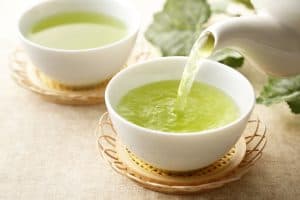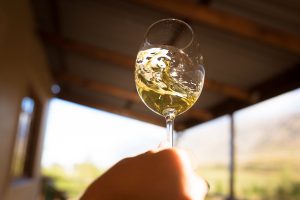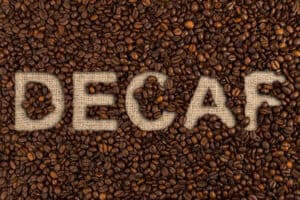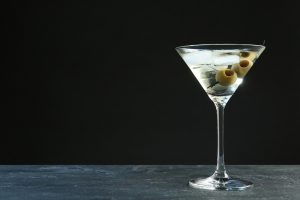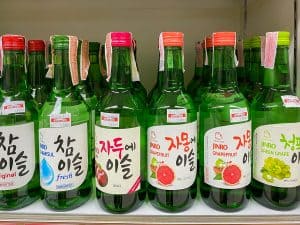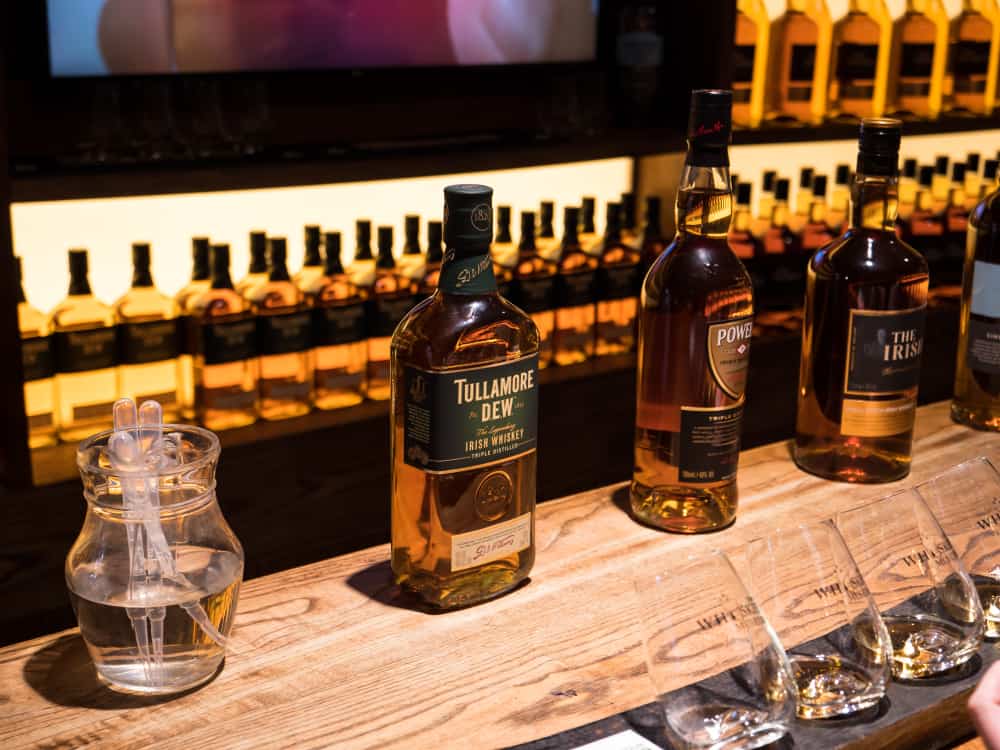
We don’t know who distilled the first whiskey in Ireland; or whether it was Scotland that was first; the production has its own set of rules. To qualify as an Irish whiskey, distillation, aging, and bottling must take place on the island of Ireland.
Whiskey in Ireland has a long history, but Scottish whiskey quickly gained center stage because of the column still they were using in Scotland. It allowed the Scots to produce more whisky and more quickly.
The Irish whiskey industry nearly collapsed during the Irish Independence War and the US’s prohibition period. Luckily, Irish whiskey survived and continues to grow in popularity.
But what makes Irish whiskey different?
Triple distillation, kiln drying the malted barley, and using both malted and unmalted barley, are some things that set Irish whiskey apart from other whisk(e)ys.
This article will cover a brief history of Irish whiskey and look at factors such as the name, base grains, the distillation process, and final product.
A Brief History of Irish Whiskey

Nobody knows the exact date when whiskey was first distilled.
According to legend, a monk, or monks, who traveled to the Mediterranean observed the methods for distilling perfumes and brought those methods back to Ireland around the eleventh century. There are also some legends involving Ireland’s patron saint, St. Patrick, who brought distillation to Ireland.
Whiskey is also one of the first distilled beverages in Europe.
Whiskey production in Ireland predates that of Scotland by 90 years. The first written record of whiskey in Ireland dates back to 1405.
The world’s first whiskey distilling license was granted to Bushmills Distillery in Northern Ireland in 1608. Whiskey distillation evolved from pastime to industry around this time.
Scotland caught up with Ireland in terms of whisk(e)y production, and introducing the column still in 1831 soon put Scotland in the lead because it allowed quicker and larger amounts of production.
Scottish transplant, John Jameson (1740—1823), established one of Ireland’s most successful distilleries in 1780. He also introduced the triple distillation method, which sets Irish whiskey apart from its Scottish counterpart.
Two concurrent yet unrelated historical events also took their toll on Irish whiskey production. The Irish War of Independence (1919—1921) and the US’s Prohibition Period from 1920 until 1933. These events cut Ireland off from its two major consumption markets–the UK and the USA, leading to massive declines in the number of Irish whiskey distilleries and production.
The further decline left only a few distilleries open. In 1966, John Jameson merged with Cork Distillers and John Powers. This resulted in the Irish Distillers Group.
New Middleton Distillery opened in 1976, where much of Irish whiskey hails from. Bushmills Distillery in County Antrim, Old Middleton Distillery in County Cork, and the Cooley Distillery in County Louth were the only three remaining distilleries in 1990.
Irish whiskey has seen a significant uptick again in the last 30 years, with many new distilleries either being built or already distilling the water of life.
Factors That Make Irish Whiskey Different
Let’s examine some factors that set Irish whiskey apart from other whiskies.
The Name
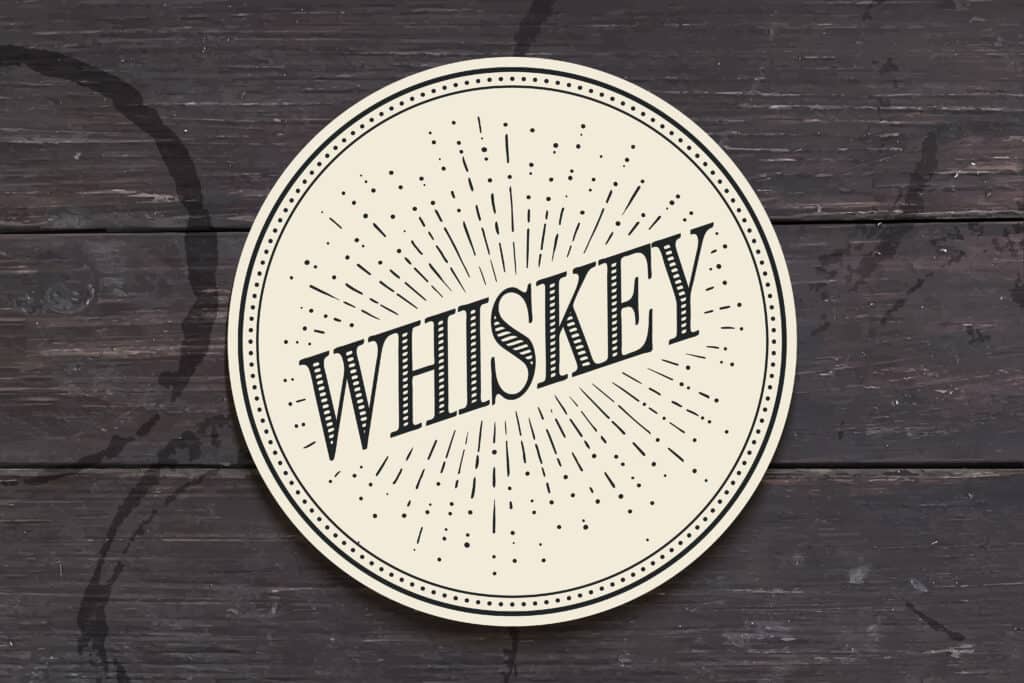
Whisky–without the e is the spelling used in Scotland and Canada, while with the e is the spelling in Ireland and the USA. It boils down to marketing more than linguistic roots.
It also needs to be distilled and aged entirely on the island of Ireland to bear the name Irish Whiskey.
Base Grains

The base grain is at least 50% malted barley making the remaining percentages up from other grains such as wheat, rye, or regular barley. This results in four types of whiskey:
- Irish Blend
- Irish Single Malt
- Irish Pot Still
- Irish Single Grain
Malting, Fermentation, and Washing
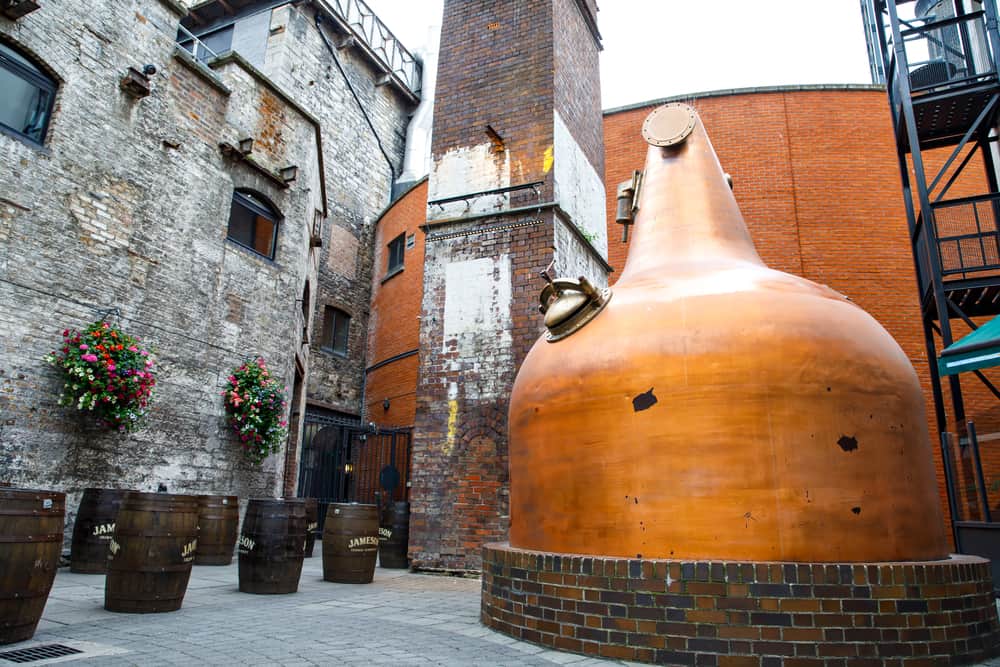
Malting is soaking barley in water to stimulate germination and then stopping this process through drying. During germination, it releases enzymes that convert the barley grain’s starches to sugar. This produces a sweeter-tasting grain.
They dry the grains in a massive kiln to stop the germination process. The crucial difference between an Irish whiskey and a Scottish one is that no peat is used to stoke the fires beneath the drying kiln, and the barley has no contact with the heat source’s smoke either.
Malting is the first step in producing whiskey; the next step is fermentation to produce alcohol. Depending on the desired end product, other unmalted grains may be added at this stage.
The grains (malted and unmalted) are ground to a coarse flour known as the grist. They add all this to clean water and heat it to 140ºF (60ºC), resulting in a water-and-sugar mixture because enzymes convert the starches to sugars.
This mixture (known as wort) is cooled down. Adding yeast will convert this sugary mixture to alcohol through fermentation resulting in bubbling and foaming on the top.
Two to three days later, the sugars are converted into alcohol. The fermented mixture doesn’t have foam on the top either. The mixture (resembling beer) with an ABV (alcohol by volume) of around 8 percent is considered legal for consumption. This mixture is called the wash.
Distillation Method
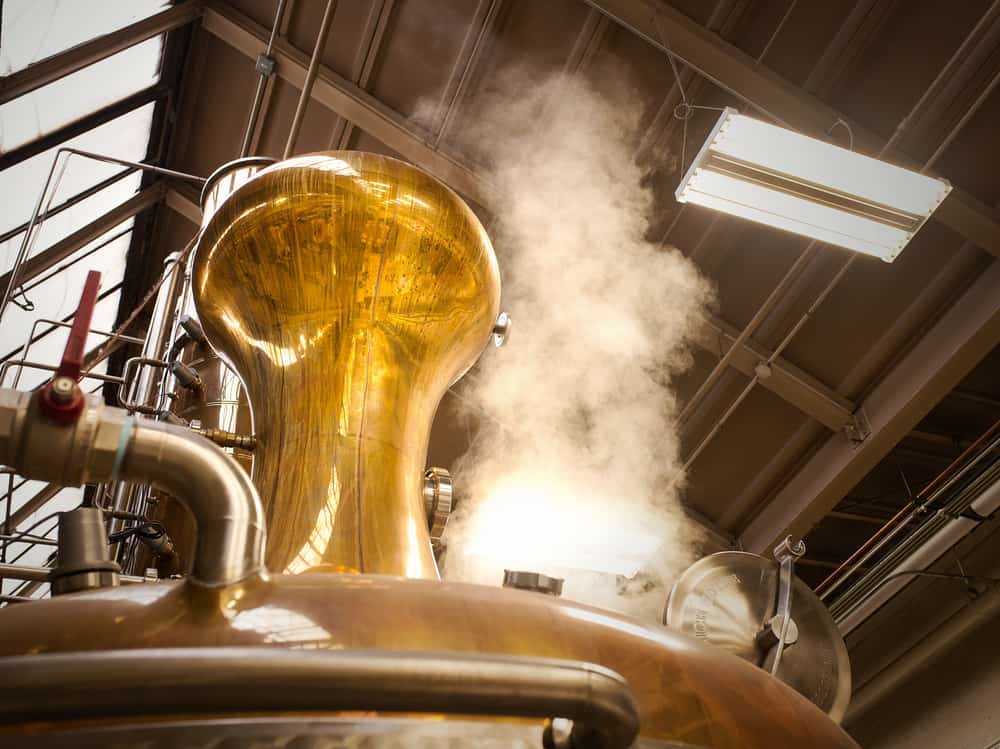
Jameson introduced the practice of triple distillation as opposed to double distillation as found in Scottish whiskies. The wash needs to be distilled three times to concentrate it.
With each round of distillation, the liquid becomes more concentrated, using only the middle or heart cuts for the final product. A column still needs to be used for grain-based whiskeys, malted distillers distill Irish, and Pot Still Irish whiskeys in pot stills. The final distill is a clear liquid and around 65% ABV.
Maturation
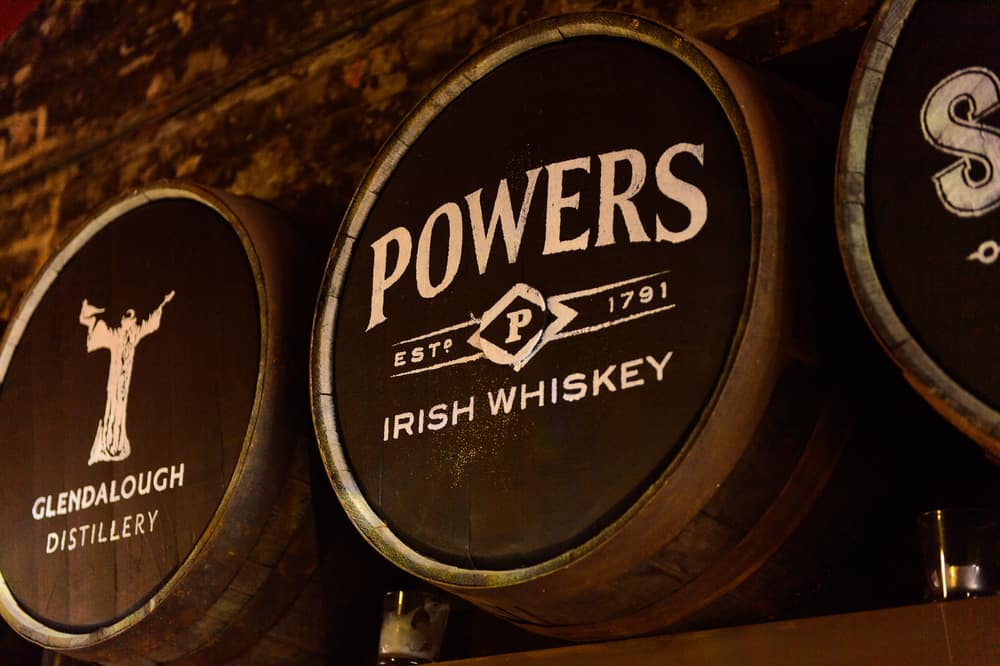
Another rule is that maturing Irish whiskey is done in oak barrels (usually ex-bourbon barrels made from American oak from the US) in Ireland for a minimum of three years.
The distilled liquid is mixed with water to reach 65% ABV before they barrel it. During the maturation process, around 2% of whiskey evaporates from the barrels in a year and is called the “angels share”.
The barrels darken the whiskey and impart smoothness and taste to the liquid–the longer it spends in a barrel, the more intense the color.
Final Product
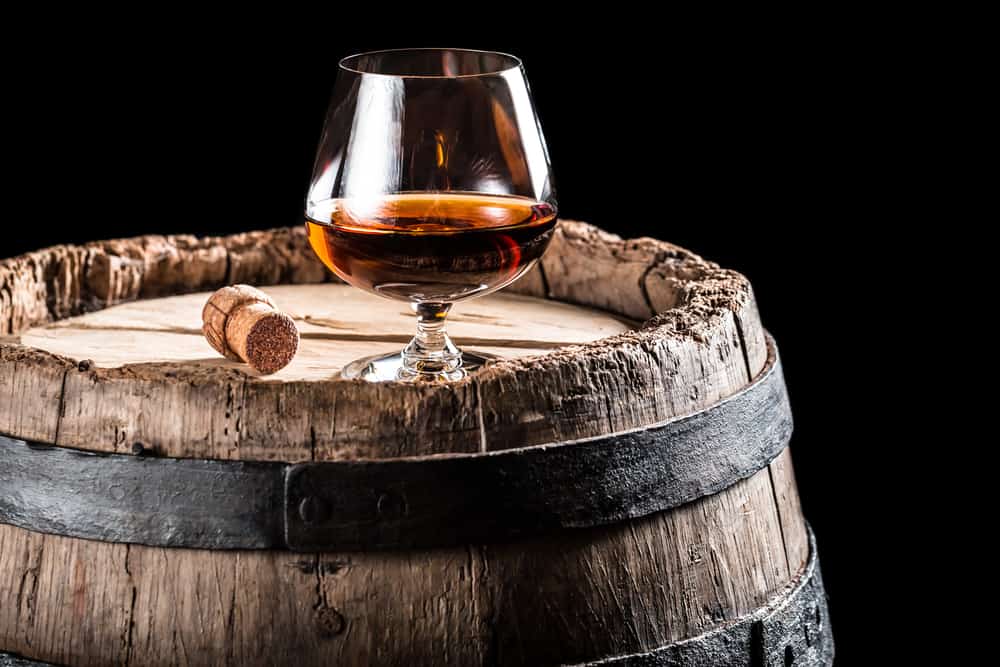
After the maturation period, adding water brings the whiskey to 40% ABV, and it is bottled and sold to the public.
Conclusion
Irish whiskey is different because of several factors. In terms of style, it lacks the smoky or peaty flavor a Scottish whisky would have. They dry the malted barley in kilns without smoke penetrating the malting floor.
Irish whiskey is also triple distilled, resulting in a smoother drink with a higher alcohol proof. Irish whiskey also has to be distilled, aged, and bottled entirely in Ireland to be considered an Irish whiskey.

